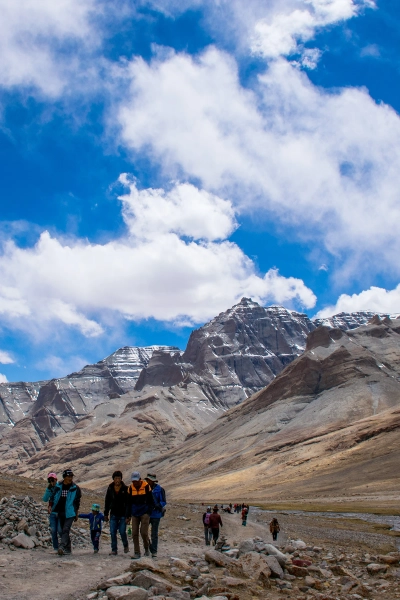Kailash Aerial Darshan 2026, 1st batch starts on the auspicious occasion of Mahashivratri. Seats are limited. Book your yatra now to avail the best offer. Kailash Mansarovar Yatra for 2026 starts in May. Dial +91 8510007751 for further queries and to book your yatra.Kailash Aerial Darshan 2026, 1st batch starts on the auspicious occasion of Mahashivratri. Seats are limited. Book your yatra now to avail the best offer. Kailash Mansarovar Yatra for 2026 starts in May. Dial +91 8510007751 for further queries and to book your yatra.
Everything You Need to Know About The Four Rivers of Kailash
Everything You Need to Know About The Four Rivers of Kailash
Overview
For Hindus, the holy peak of Mount Kailash is the abode of Lord Shiva; for Buddhists, it is the abode of Buddha Demchok; and for Jains, the first Tirthankara (Rishabhanath) attained enlightenment at Kailash. It’s the world’s most famous and revered pilgrimage site, carrying immense spiritual significance for four religions: Hinduism, Buddhism, Jainism, and Bon.

Share This Blog :
Reach out to us
Have An Enquiry? Write To Us…
Popular Pilgrimage Packages
No data found
Frequently Asked Questions about Destination
Related Blogs
Related Packages
Reach out to us
Have An Enquiry? Write To Us…
We Got Featured in the Media
Tour Resources
Trip To Temples Packages
Popular Destinations
© 2025 Trip To Temples. All Rights Reserved.
Design & Developed By : Divine Mantra Pvt Ltd

.webp?tr=w-405,h-270,f-webp)


















